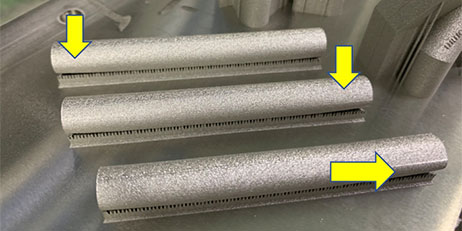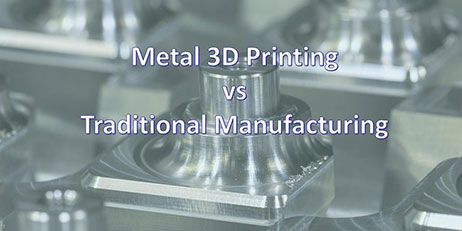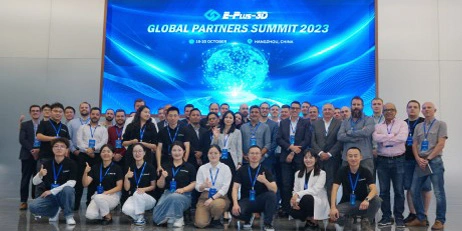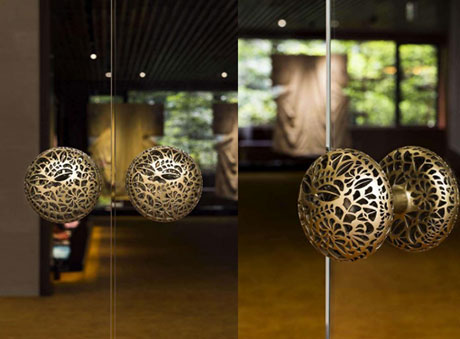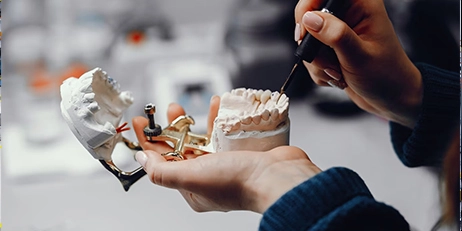Background: At present, the metal 3D printing industry is developing very fast, and it has been gradually applied to various industries: aerospace, automotive, medical, etc. Its advantage is that it can achieve lightweight and personalized design of parts, and can solve some technical problems that cannot be achieved by traditional processing and manufacturing methods. However, from a technical perspective, there are many problems in the metal AM process that make our design not as expected. One of the problems with being printed out is the residual stress.
Residual stress: Residual stress is an inevitable outcome of rapid heating and cooling, which is an inherent characteristic of the laser powder melting process. When the powder is sintered by laser, the metal powder will form a molten pool and rapidly solidified. At this time, the temperature difference between the substrate and the surface of the parts causes strain. Strain causes the surface of the parts to warp and shift and cause cracks on the surface of the printed parts.

Therefore, in the metal 3D printing process, if you do not operate carefully, the surface of the parts is likely to be warped and displaced. The larger the size of the parts, the greater the residual stress, and the more serious this phenomenon.
Residual stress is destructive. When we add another processing layer on top of another processing layer, stress is formed and accumulated, which may cause deformation of the part, the edge of which may be rolled up, and then may be separated from the support. The lower surface of the part is larger and fits the substrate. The edge of the part will be separated from the base plate.
Another problem is that when the printed parts is separated from the substrate, the residual internal stress in the printed parts is released, which will cause the parts to warp greatly. Therefore, heat treatment must be performed to release the internal stress and then separate from the substrate. Regarding the method of solving residual stress, technicians will conduct thermal stress simulation analysis in the future, control the shape of the printed parts where the residual stress exists, and implement local cavitation and low-density of the printed parts to relieve internal stress.
